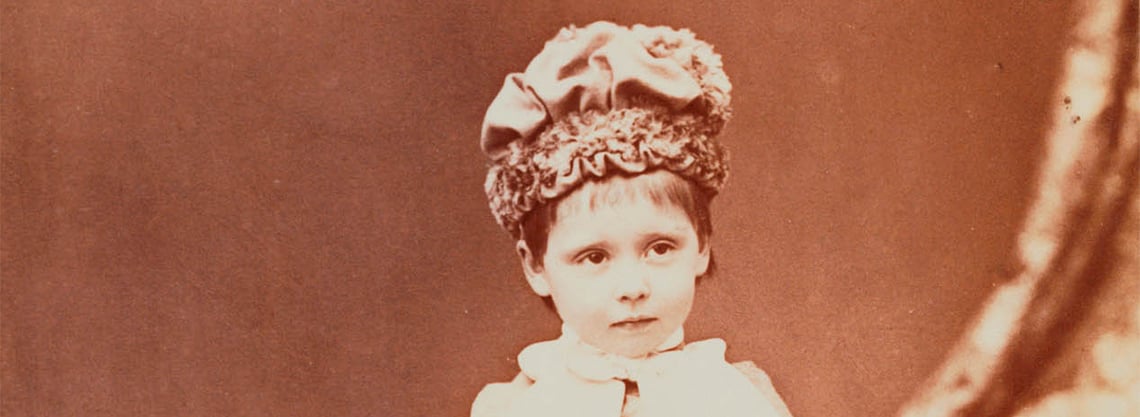Queen Victoria had a lonely and restricted or, in her own words, a ‘rather melancholy’ childhood which was one of the reasons why she developed a tremendous curiosity about other people. She possessed acute powers of observation, and nowhere is her interest in people revealed so clearly as in her Journal, where she invariably wrote down her impressions of those she met. With the advent of photography, she could not only record her impressions of other people but also collect their likenesses.
Queen Victoria and Prince Albert compiled albums of carte-de-visite portrait photographs, a source of great pleasure to them both, as confirmed by the fact that they always tried to dedicate at least two evenings a week to this activity. The photographs were organised by subject, this usually done by Prince Albert, and then placed in the appropriate albums.
After the Prince’s death in 1861, although the Queen was determined to follow his precepts in every way, when it came to collecting photographs she unconsciously began to reassert her independence and started to follow her own inclinations, focusing on what appealed to her most of all: people.
A series of albums, begun during the Prince Albert’s lifetime and annotated by the Queen, was continued and, as time went on, included portraits of all kinds of people: not only those related to, or well known to, the Queen, but also those of whom she had heard or had recently met. Indeed, guests or celebrities would often be asked to supply a photograph of themselves to be added to the collection.
Luckily for us, her fascination with people was life-long and has resulted in an outstanding portrait gallery containing not only thousands of photographs of her extended family, but also a large number of images of foreign royalty, politicians, members of the British and European aristocracies as well as artists, actors, members of her household, diplomats, soldiers, musicians and other people she considered remarkable in one way or another.








